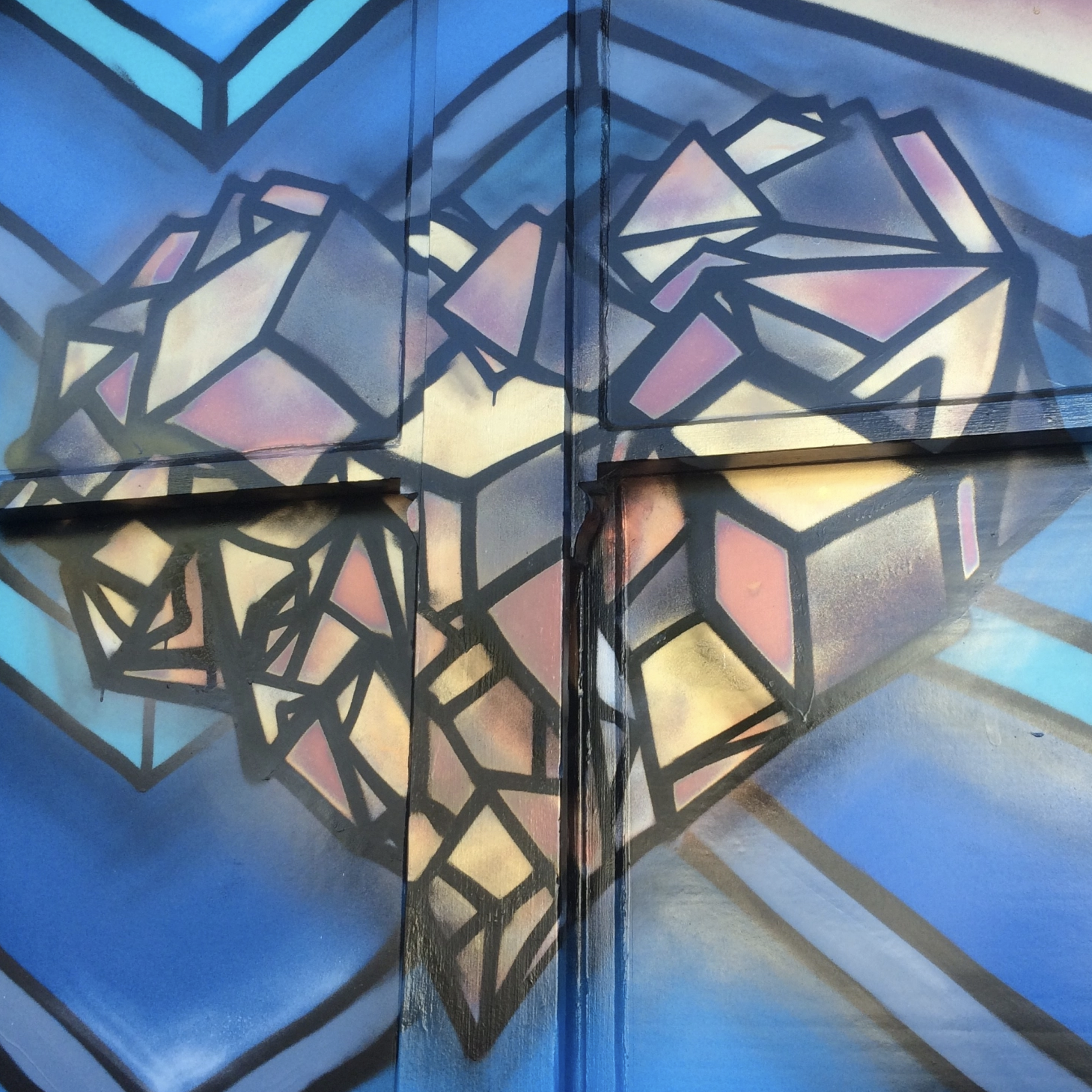Street art plan: A creative way to tackle vandalism
🔗 [SYSTEM UPDATE] Link found. Timestamp incremented on 2025-11-26 13:55:13.A Melbourne council is planning to use street artists to educate local schoolchildren about their craft, as part of an innovative effort to stem youth vandalism. RYAN HARDING reports.


By RYAN HARDING
Glen Eira Council is planning to use street artists to educate local schoolchildren about their craft, as part of an innovative effort to stem youth vandalism.
Bentleigh MP Nick Staikos said the council wanted to educate young people about these criminal behaviours before they developed.
“These are lessons that we need to be drilling into young people very early, because we don’t want petty crime, like tagging, to then become more serious crime,” he said.
The positive art education program, enabled by the Victorian Government’s Graffiti Prevention Grants, will culminate in a mural designed and created by local schoolchildren for the Bentleigh shopping hub.
Mr Staikos said young people often turned to graffiti when they didn’t have enough creative outlets.
“We need to give young people opportunity in terms of education, in terms of expression, so that they don’t go down this track,” he said.
“One of the good things about the Glen Eira Council initiative is that it was youth led. They [local youth] came up with it.”
According to a 2016 report by the Victoria Police Law Enforcement Assistance Program, teenagers are the group most at risk of committing property damage. Over a third of alleged offenders were under the age of 20, the report said.
Mr Staikos said street art could improve public appreciation of the surrounding area while reducing instances of graffiti.
“A big part of tackling graffiti is improving people’s perceptions of their own safety,” he said.
“Generally we find when murals go up, they don’t get tagged.”
Professional street artist Campbell Roberts said street art was a boon for the public and private sector.
“It’s good for the community because they get an artwork, and it’s good for the business because people judge books by their cover,” he said.
Mr Roberts recently created street art for the Sonder bar in Bentleigh, within 20m of the council’s intended site for the mural.
He said engaging with artwork at school and getting opportunities to express himself had a profoundly positive impact on his life.
“I still remember the first ever mural I saw, at my primary school, and ever since I saw that I wanted to do it,” Mr Roberts said.
“I was doing some painting in Lombok, Indonesia, and they asked me to paint a wall for them. The only reason I hadn’t done it before was because I didn’t have a wall to paint on.”
Mr Roberts said part of street art's charm was that "it doesn’t have to happen”.
“No one has to put an artwork there, no business has to hire an artist to come paint a wall. So when people actually do it, it’s a kind of gift for the community,” he said.
Mr Staikos said the positive art education program was an innovative way to strengthen the local community.
“The good thing about this program is that it tackles the issue with a less punitive approach,” he said.
“It is about education, but it is also about replacing graffiti with tasteful street art that the youth are leading.”





